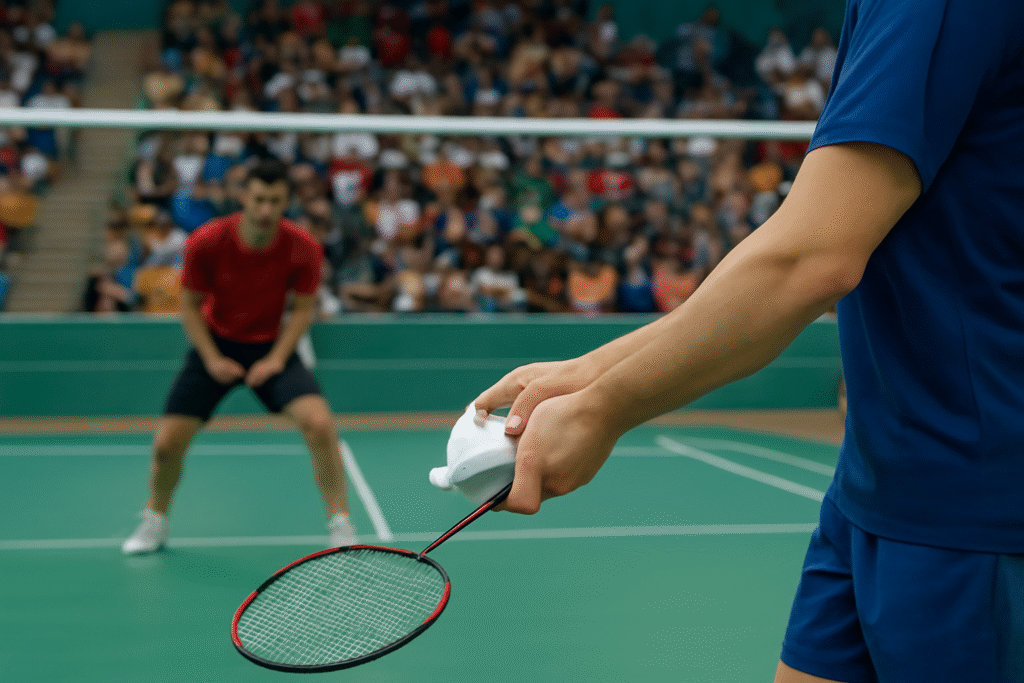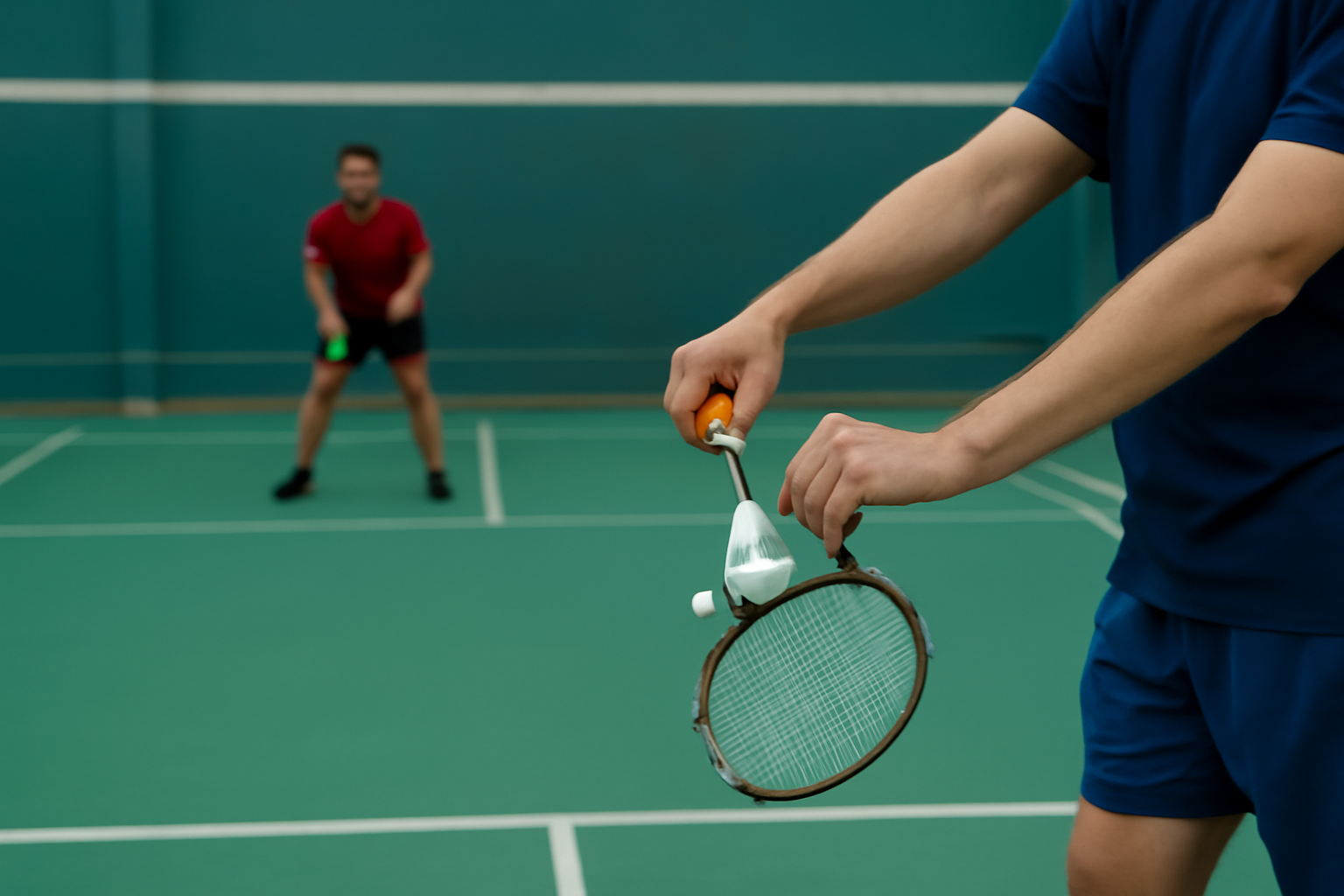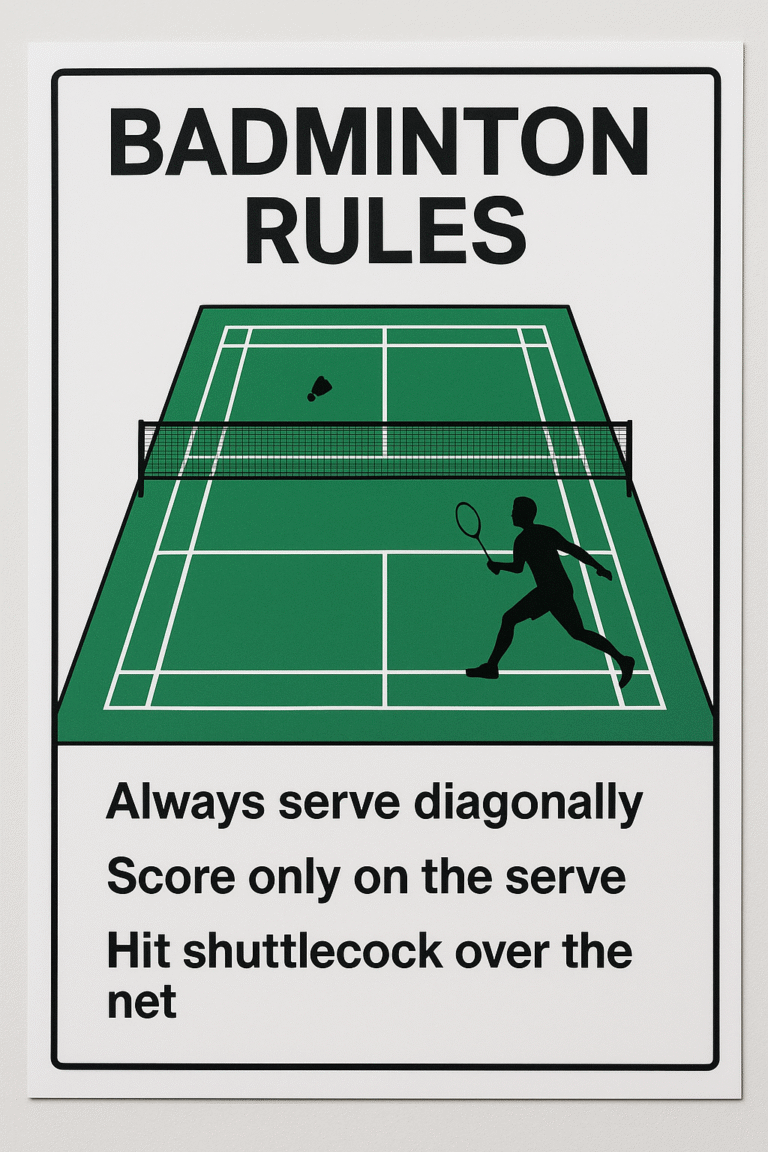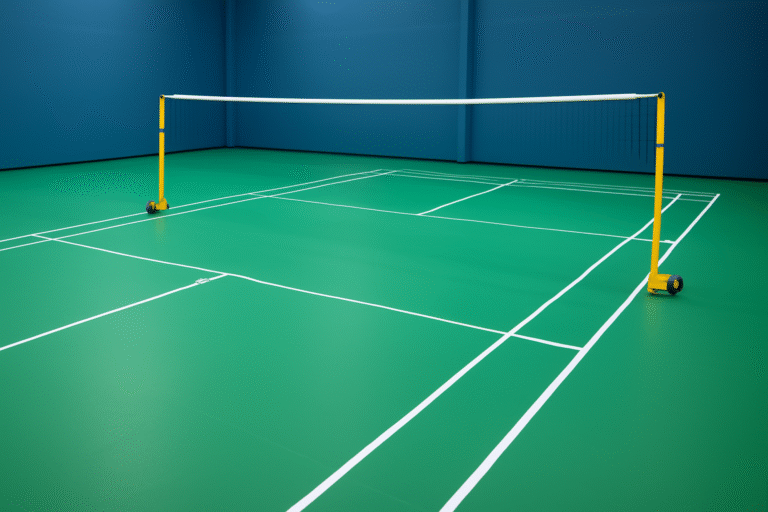Badminton Service Rules: A Complete Guide to Master the Game
Badminton is one of the most exciting racquet sports, offering fast-paced action and thrilling rallies. But before you get into the game, one of the most critical aspects to master is the badminton service rules. Serving correctly is the foundation of any good match. If you’re a beginner, mastering the proper technique will give you a huge advantage.
In this post, I’ll explain the core badminton service rules that every player should know, and I’ll also offer helpful tips for perfecting your serve. Whether you’re a casual player or an aspiring professional, this guide will help you play by the book and avoid common mistakes.
What Are the Basic Badminton Service Rules?
The badminton service rules are essential to understand, as they ensure fair play. According to the official rules established by the Badminton World Federation (BWF), there are certain procedures and guidelines for serving. Let’s break them down.
1. The Serving Area and Court Boundaries
First and foremost, the serving area is critical. In a singles game, the server must serve from the right side of the court when the score is even and from the left side when the score is odd. This means that the serve’s direction changes based on the score.
Singles:
You must stand behind the service line and hit the shuttlecock diagonally to the opponent’s court.
Doubles:
In doubles, the server must always serve to the opponent’s diagonal service box. The server and receiver stand in their respective service boxes.
2. Correct Stance and Grip
When serving, you must follow the proper stance and grip:
Feet:
At the moment of the serve, the feet of the server must be stationary. Neither foot can touch the court lines or the ground outside the service area.
Racket:
The shuttlecock must be hit with the racket head pointing downward, and the shuttlecock must be struck below the waist. A common mistake among beginners is hitting the shuttlecock above the waist, which is considered a fault.
3. The Serve Must Be Delivered Underhand
The underhand serve is the only legal form of serving in badminton. Your racket must swing from below your waist while hitting the shuttlecock. An overhead or sidearm serve is considered illegal in most competitive matches, as it disrupts the fairness of the game.
4. The Shuttlecock Must Be Hit with the Racket’s Tip
The shuttlecock must be contacted with the tip of the racket strings, not the shaft or other parts. This ensures a clean hit and gives the shuttlecock the proper trajectory for an effective serve.
5. The Server’s Opponent Must Be Ready
Before serving, the server should wait until the receiver is prepared and in position. This ensures fair play, as serving while the receiver is unready is against the rules. Moreover, once the server starts the action, the receiver must allow the shuttlecock to pass.
6. Faults in Serving
A “fault” occurs if any part of the service rules is broken. Some common faults include:
Foot Fault:
If the server’s feet move or touch the service area boundaries, it’s considered a foot fault.
High Serve:
If the shuttlecock is hit above the waist or if it crosses the net in a straight line without dropping, it is ruled a fault.
Service Over the Line:
If the server crosses the service line, this counts as a service fault.
If a fault occurs, the opponent is awarded the point, or in doubles, the server loses the serve.

Wanna explore much more related to Football, Golf, Cricket, and all popular sports?
Visit us today at sportsinfoo.online
How to Master Your Badminton Service
Mastering the badminton service rules and perfecting your serve is essential for any player who wants to win points early in the game. Here are some tips to help you:
1. Practice the Underhand Serve
The underhand serve is one of the most common serves in badminton. To master it, practice by aiming for your opponent’s weak side. It’s a tricky serve that can surprise your opponent if executed well.
2. Focus on Consistency
While power is important, consistency is key. Make sure your serves land inside the service box and maintain a clean technique. Practicing your footwork and racket movement will help you serve consistently under pressure.
3. Use the Short Serve Strategically
The short serve is used to keep the shuttlecock low, making it harder for your opponent to return it with power. It’s ideal for situations where you want to force your opponent into a defensive position.
4. Vary Your Serve
Changing your serving technique can throw your opponent off. Mix up your serves by alternating between a long serve to the back of the court and a short serve near the net. This forces your opponent to stay alert and ready for different scenarios.
Why Are the Service Rules Important?
Following the badminton service rules is not just about avoiding faults; it’s also about ensuring fairness in the game. Service violations disrupt the flow of the match, making it important for all players to adhere to the proper rules. The BWF ensures that all players, whether in recreational games or tournaments, follow these guidelines for a smooth, competitive experience.
Common Mistakes to Avoid in Badminton Serves
While learning the badminton service rules, here are some common mistakes players make:
Hitting the shuttlecock above the waist:
This is a common mistake, particularly for beginners who haven’t yet mastered the underhand serve.
Incorrect grip:
The way you grip the racket can influence the trajectory of your serve.
Failing to follow the correct foot placement:
Not keeping your feet behind the service line leads to a fault.
Serving too fast:
Rushing the serve can lead to mis-hits. Take your time, set your stance, and aim for accuracy.
Final Thoughts
Mastering the badminton service rules is essential to enhancing your gameplay and avoiding mistakes. With practice, you can turn your serve into a powerful weapon. Stick to the rules, stay consistent, and vary your serves to outsmart your opponent and take control of the game!
If you're interested in Football passion and power, explore now



